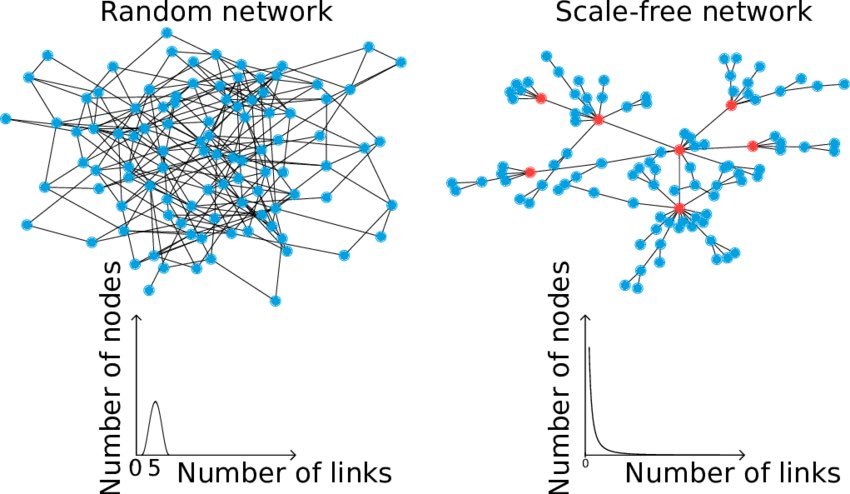Sublime
An inspiration engine for ideas
The value (“fitness”) of a given combination of building blocks often cannot be predicted by a summing up of values assigned to the component blocks. This nonlinearity (commonly called epistasis in genetics) leads to co-adapted sets of blocks (alleles) that serve to bias sampling and add additional layers to the hierarchy.
Jessica C. Flack • Worlds Hidden in Plain Sight: The Evolving Idea of Complexity at the Santa Fe Institute, 1984–2019 (Compass)
next, to generate exponential (resource) growth.
Luis M. A. Bettencourt • Introduction to Urban Science: Evidence and Theory of Cities as Complex Systems
Prigogine showed that the steady states that matter reaches in systems that are out of equilibrium tend to be organized. After chaos there is information.
Cesar Hidalgo • Why Information Grows: The Evolution of Order, from Atoms to Economies
Each person has their own life path, and any aggregate results will follow from the interactions of these diverse structures into social organizations over space and time.
Luis M. A. Bettencourt • Introduction to Urban Science: Evidence and Theory of Cities as Complex Systems
Kleiber’s law proved that as life gets bigger, it slows down. But West’s model demonstrated one crucial way in which human-built cities broke from the patterns of biological life: as cities get bigger, they generate ideas at a faster clip. This is what we call “superlinear scaling”: if creativity scaled with size in a straight, linear fashion, you
... See moreSteven Johnson • Where Good Ideas Come From
we cannot assume that everything interesting is at the same scale as ourselves.
John Brockman • This Will Make You Smarter: 150 New Scientific Concepts to Improve Your Thinking (Edge Question Series)
These data make a strong case that, as human social networks grow, they necessarily lead to systems that require fewer resources per person, and produce more per person. In other words, the benefits of scale for human groups have always been there.
Jessica C. Flack • Worlds Hidden in Plain Sight: The Evolving Idea of Complexity at the Santa Fe Institute, 1984–2019 (Compass)

So, optimizing utility changes over many parallel worlds actually also optimizes wealth itself over time. That’s sort of the message.